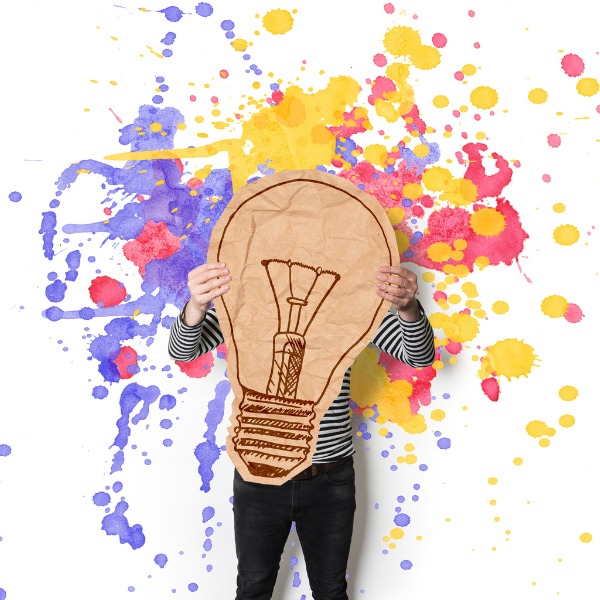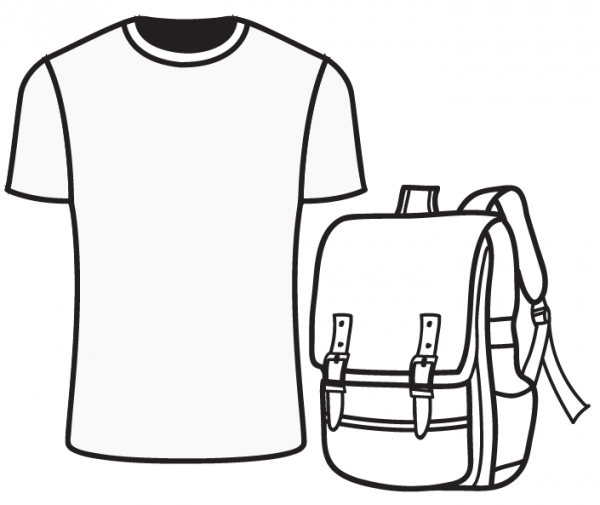Attributes and Skills of Innovators

Creative ideas picture (Warchi, iStockphoto)

Creative ideas picture (Warchi, iStockphoto)
How does this align with my curriculum?
Curriculum Alignment
BC
1
Science Grade 1 (June 2016)
Big Idea: Light and sound can be produced and their properties can be changed.
NU
4
K-6 Science and Technology Curriculum (NWT, 2004)
Matter and Materials: Materials that Transmit, Reflect, or Absorb Light or Sound
NT
4
K-6 Science and Technology Curriculum (NWT, 2004)
Matter and Materials: Materials that Transmit, Reflect, or Absorb Light or Sound
AB
2
Science 2 (2023)
Energy: Understandings of the physical world are deepened by investigating matter and energy.
NS
8
Science Grade 8 (2020)
Learners will construct a device that utilizes hydraulics or pneumatics.
BC
6
Career Education 6 (2016)
Big Idea: Our attitudes toward careers are influenced by our view of ourselves as well as by our friends, family, and community.
YT
6
Career Education 6 (2016)
Big Idea: Our attitudes toward careers are influenced by our view of ourselves as well as by our friends, family, and community.
BC
7
Career Education 7 (2016)
Big Idea: New experiences, both within and outside of school, expand our career skill set and options.
NS
7
Science Grade 7 (2020)
Learners will analyse particle theory in relation to substances in environments
NS
7
Science Grade 7 (2020)
Learners will test the strength and efficiency of shapes and materials used in construction.
YT
7
Career Education 7 (2016)
Big Idea: New experiences, both within and outside of school, expand our career skill set and options.
YT
7
Science Grade 7 (British Columbia, June 2016)
Big Idea: The electromagnetic force produces both electricity and magnetism.
BC
8
Career Education 8 (2016)
Big Idea: Our career paths reflect the personal, community, and educational choices we make.
NS
8
Science Grade 8 (2020)
Learners will analyse how the characteristics of cells relate to the needs of organisms.
NS
8
Science Grade 8 (2020)
Learners will evaluate ways to maintain and factors that disrupt cell and system health.
NU
8
Knowledge and Employability Science 8 (Alberta, Revised 2009)
Unit C: Light and Optical Systems
NU
8
Knowledge and Employability Science 8 (Alberta, Revised 2009)
Unit E: Freshwater and Saltwater Systems
YT
8
Science Grade 8 (British Columbia, June 2016)
Big Idea: Life processes are performed at the cellular level.
NT
8
Knowledge and Employability Science 8 (Alberta, Revised 2009)
Unit C: Light and Optical Systems
